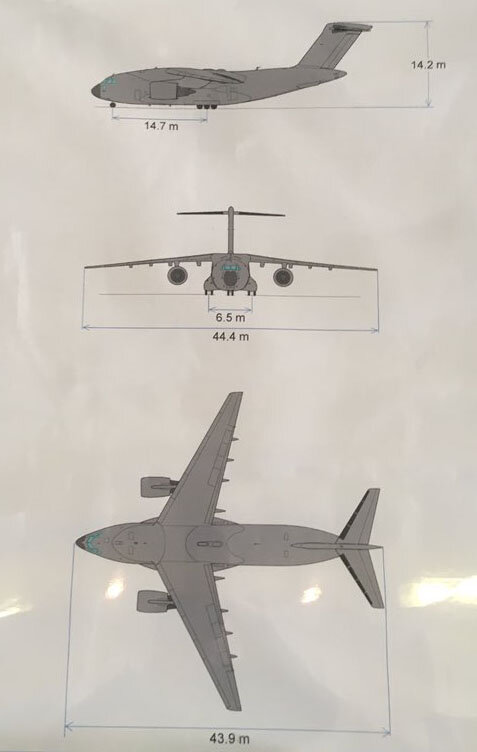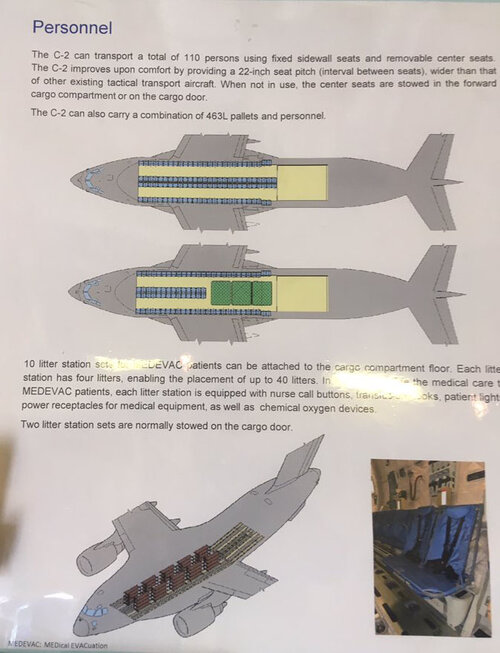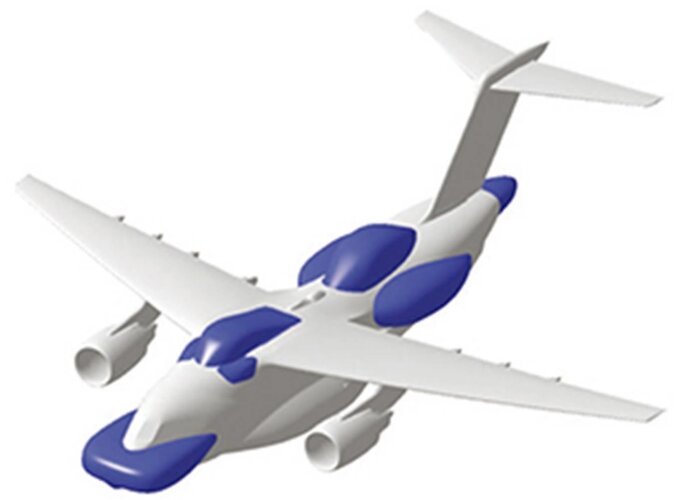Still not getting any indication of why a P-1 is any better than a P-8...
P-1 is a clean sheet ASW design, P-8 is an airliner.
So what. The P-3 was based on the Electra and has done sterling service for decades. I challenge anyone to point out any real compromises created by taking the 737 derivative route.
P-8 has to operate at altitude since it is an airliner.
Rubbish! The change was driven just as much by changed concepts of operation - do you really think Boeing just designed a platform without input from potential end users? It required the development of entirely new ASW tactics since it can't do low and slow search unassisted by drones, and new torpedoes and sonobuoys for high altitude drop. P-1 can do low and slow, but it can also operate at altitude. You can choose tactics to fit the situation.
P-1 has an AESA that can do both surface and air search. P-8 doesn't have a built in AESA, but it has surface search AESA pod that can also be over both land and sea. It doesn't have the air search capability the P-1 has
And is Air Search really a requirement for a MPA?; as far as I know the P-1 doesn't have the land search capability the P-8 has with the pod.
P-1 has a MAD boom. P-8 needs a drone to do a MAD search.
The P-8 can be fitted with a MAD though interestingly, only the Indians seem to want it. Why is that I wonder...coming back to the Operators driving the CONOPS...
P-1 has 4 engines. It can continue the mission with 3, it can shut two down and cruise on two to increase range. P-8 has two, loss of one is a mission kill.
And the reliability of CFM56s is...? Based upon how many decades of operations...?
P-1 has longer range.
Really? Based on what? The _8 can do aerial refuelling if need be - can the P-1? And anyway, crew endurance really becomes the more pertinent measure here...
P-1 has a bigger bomb bay (8 vs. 5 stations), and more pylons (16 vs. 11). The total payload is similar.
And how often do you think MPAs are really loaded for bear?
P-1 is more maneuverable, and from what I've seen of their demos it appears to need less runway for takeoff and landing.
Subjective and not necessarily accurate nor necessarily even a meaningful need - nobody is going to be loping MPAs or dogfighting or otherwise...
P-1 is the first fly by light production aircraft.
So what. Which may reduce interference with the sensors.
May. And yet, I don't see this being a major consideration anywhere else with combat aircraft - why is that I wonder...?
P-1 is prettier.

It looks more like a military aircraft. P-8 is just another boring 737.
Purely subjective (I actually find the P-1 uglier). That said, if this is your driving consideration than go for it.
Clean sheet is the main thing, since it means the airframe and systems are optimized for the mission. Even things like the fact it has massive cockpit windows to facilitate visual search (which also improves visibility around the airfield) are because of the optimized design. For me personally, it's the ability to do low and slow
as well as high altitude that carries the most weight. The P-8's compromised airframe closes off access to decades of tactical ASW practice and experience because it can't do low and slow. I think that's a deal-breaker.
Sounds like someone trying to justify a position based on a lot of subjective points and trying to think that the solution of the past (e.g. P-3s and its ilk) is the only solution for the future. a bit like those who argue CAS can only be done by an A-10 with a gun. It also seems to think that real world operators had nothing to do with the development of the CONOPS or the solution inherent in the P-8. At the end of the day, I wonder who got it right in the eyes of operators: P-8 (176 either delivered or on order with 7 air forces) or P-1 (60 produced and only in service with 1 air force)...hmmm












